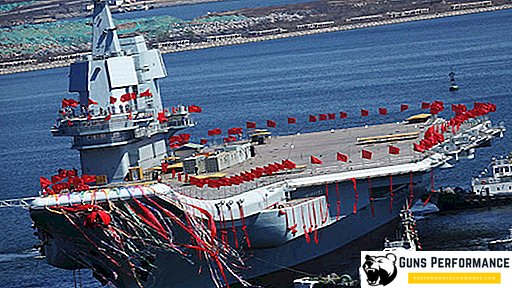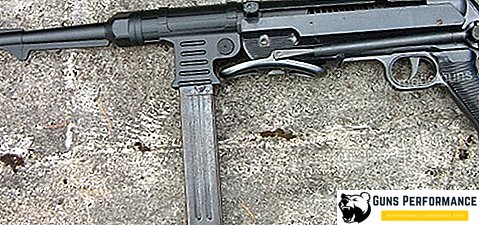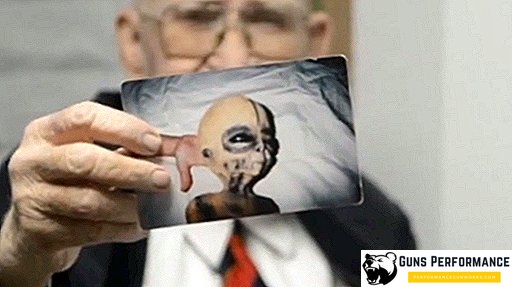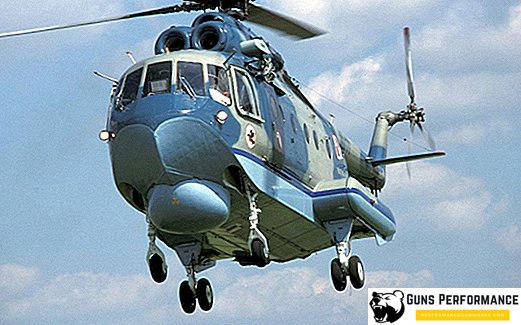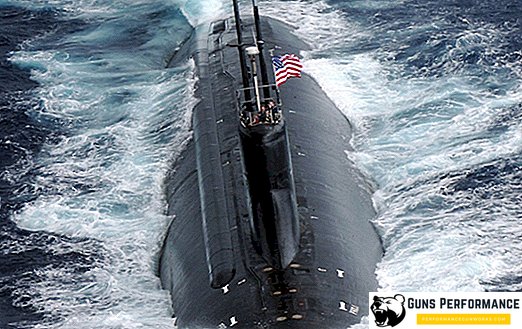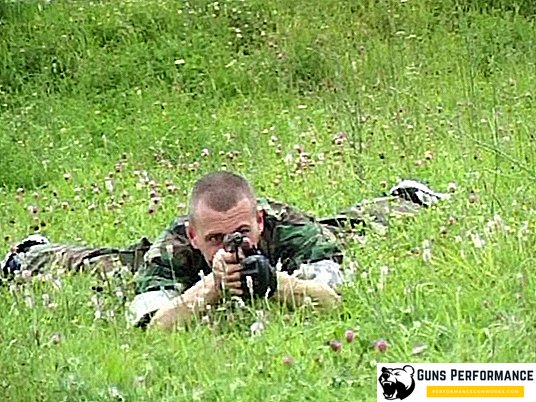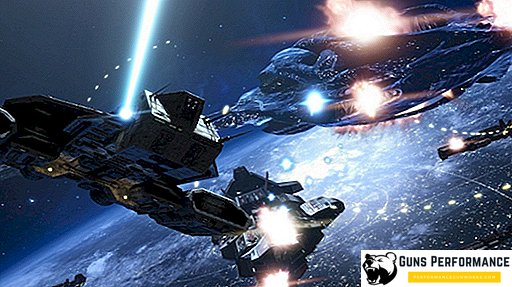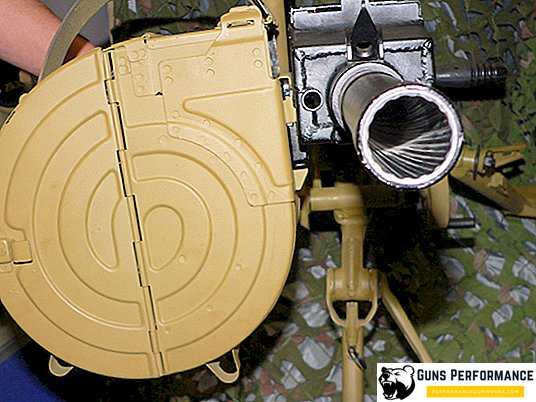The most famous and recognizable German tank of the Second World War, without any doubt, is the Pz.VI (T-6) Tiger. Heavy, possessing powerful armor and a murderous 88-mm cannon, this tank was distinguished by perfect, truly gothic beauty. However, the most important role in the history of the Second World War was played by a completely different machine - Panzerkampfwagen IV (or PzKpfw IV, as well as Pz.IV). In domestic historiography it is usually called T IV.
The Panzerkampfwagen IV is the most massive German tank of the Second World War. The combat path of this machine began in 1938 in Czechoslovakia, then there was Poland, France, the Balkans and Scandinavia. In 1941, the PzKpfw IV tank was the only worthy opponent of the Soviet T-34 and KV. Paradox: although, according to the main characteristics, the T IV was significantly inferior to the “Tiger”, but this particular machine can be called a symbol of blitzkrieg, with which the main victories of German weapons are associated.
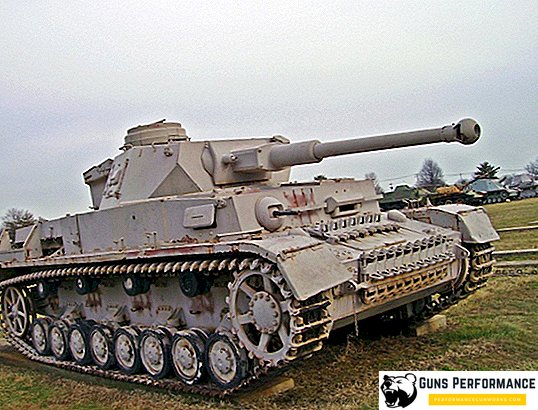
The biographies of this machine can only be envied: this tank fought in the African sands, in the snows of Stalingrad, and was getting ready for landing in England. Active development of the medium tank T IV began immediately after the Nazis came to power, and took its last battle T IV in 1967 as part of the Syrian army, repelling attacks by Israeli tanks on the Dutch heights.
A bit of history
After the end of World War I, the Allies did everything possible so that Germany would never again become a powerful military power. She was forbidden not only to have tanks, but even to engage in work in this area.
However, these restrictions could not prevent the German military from working on the theoretical aspects of the use of armored forces. The concept of blitzkrieg, developed by Alfred von Schlieffen at the beginning of the 20th century, was refined and supplemented by a number of talented German officers. Tanks not only found their place in it, they became one of its main elements.
Despite the restrictions imposed on Germany by the Versailles Treaty, practical work on the creation of new models of tanks continued. Also, work was under way on the organizational structure of tank units. All this took place in an atmosphere of strict secrecy. After the nationalists came to power, Germany abandoned the prohibitions and quickly began to create a new army.

The first German tanks launched into mass production were light vehicles Pz.Kpfw.I and Pz.Kpfw.II. "Unit", in fact, was a training machine, and Pz.Kpfw.II was intended for reconnaissance and was armed with a 20-mm cannon. Pz.Kpfw.III was already considered a medium tank, it was armed with a 37-mm cannon and three machine guns.
The decision to develop a new tank (Panzerkampfwagen IV), armed with a short-barreled 75-mm cannon, was taken in 1934. The main task of the machine was to be the direct support of infantry units, this tank was supposed to suppress enemy firing points (primarily anti-tank artillery). In terms of its design and layout, the new machine largely repeated the Pz.Kpfw.III.
In January 1934, three companies received technical tasks for the development of the tank: AG Krupp, MAN and Rheinmetall. At that time, Germany was still trying not to advertise the work on types of weapons prohibited by the Versailles agreements. Therefore, the car was given the name Bataillonsführerwagen or B.W., which translates as "machine commander of the battalion."
The best project recognized by AG Krupp was VK 2001 (K). The military was not satisfied with his spring suspension, they demanded to replace it with a more advanced - torsion, which provides the tank with a smoother course. However, the designers managed to insist on their own. The German army was in dire need of a tank, and it would take a long time to develop a new undercarriage; it was decided to leave the suspension the same, only to seriously modify it.
Production of the tank and its modifications
In 1936, the mass production of new cars began. The first modification of the tank was the model Panzerkampfwagen IV Ausf. A. The first samples of this tank had anti-bullet reservation (15-20 mm) and weak protection of observation instruments. Modification of the Panzerkampfwagen IV Ausf. A can be called pre-production. After the release of several dozen tanks PzKpfw IV Ausf. A, AG Krupp immediately received an order for the production of an improved model Panzerkampfwagen IV Ausf. AT.

Model B had a body of a different shape, it lacked a machine gun course, viewing instruments were improved (especially the commander's turret). The frontal armor of the tank was strengthened to 30 mm. PzKpfw IV Ausf. In received a more powerful engine, a new gearbox, its ammunition decreased. The mass of the tank increased to 17.7 tons, while its speed due to the new power plant increased to 40 km / h. In total, 42 Ausf tanks left the assembly line. AT.
The first modification of the T IV, which can be called truly mass, was the Panzerkampfwagen IV Ausf. C. She appeared in 1938. Outwardly, this car was slightly different from the previous model, a new engine was installed on it, some minor changes were made. In total, about 140 Ausf units were manufactured. WITH.
In 1939, the production of the following tank model began: Pz.Kpfw.IV Ausf. D. Its main difference was the appearance of the outer mask of the tower. In this modification, the thickness of the side armor (20 mm) was increased, several other improvements were also made. Panzerkampfwagen IV Ausf. D is the latest model of a peacetime tank, before the outbreak of war, the Germans managed to make 45 tanks Ausf.D.
By September 1, 1939, the German army possessed 211 units of the T-IV tank of various modifications. These cars showed themselves well during the Polish campaign and became the main tanks of the German army. Combat experience showed that the weak point of the T-IV was its armor. Polish anti-tank guns easily penetrated both armor of light tanks and heavier "fours".
Taking into account the experience gained in the early years of the war, a new modification of the machine was developed - Panzerkampfwagen IV Ausf. E. On this model, the frontal armor was reinforced with hinged plates 30 mm thick, and the side board - 20 mm. The tank received a commander's turret of a new design, the shape of the tower was changed. Minor changes were made to the undercarriage of the tank, the design of hatches and viewing devices was improved. Machine weight increased to 21 tons.

Installation of mounted armored screens was irrational and could only be considered as a necessary measure and a way to improve the protection of the first T-IV models. Therefore, the creation of a new modification, in which all comments would be taken into account, was only a matter of time.
In 1941, the production of the Panzerkampfwagen IV Ausf.F model began, in which the mounted screens were replaced with integral armor. The thickness of the frontal armor was 50 mm, and the sides - 30 mm. As a result of these changes, the weight of the machine increased to 22.3 tons, which led to a significant increase in the specific load on the soil.
To eliminate this problem, the designers had to increase the width of the tracks and make changes to the undercarriage of the tank.
Initially, the T-IV was not adapted for the destruction of enemy armored vehicles, the Quartet was considered a tank of infantry fire support. Although, the tank ammunition included armor-piercing shells, which allowed him to fight the enemy’s armored vehicles equipped with anti-bullet armor.
However, the first meetings of German tanks with T-34s and KVs, which had powerful counter armor armor, shocked the German tankers. The Quartet was absolutely not effective against the Soviet armored giants. The first alarming bell, which showed the uselessness of the use of the T-IV against powerful heavy tanks, became military clashes with the English tank "Matilda" in 1940-41.
Already then it became clear that on PzKpfw IV should be installed another weapon that would be more suitable for the destruction of tanks.

At first, the idea was born of installing a 50-mm cannon with a length of 42 caliber on the T-IV, but the experience of the first battles on the Eastern Front showed that this gun significantly loses the Soviet 76-mm gun, which was installed on the KV and T-34. The total superiority of Soviet armored vehicles over Wehrmacht tanks was a very unpleasant discovery for German soldiers and officers.
Already in November 1941, work began on the creation of a new 75-mm cannon for the T-IV. Machines with a new instrument were abbreviated to Panzerkampfwagen IV Ausf.F2. However, the armor protection of these machines is still inferior to the Soviet tanks.
It was this problem that the German designers wanted to solve by developing a new modification of the tank at the end of 1942: Pz.Kpfw.IV Ausf.G. In the frontal part of the tank were installed additional armor screens with a thickness of 30 mm. On the part of these machines was installed 75-mm gun with a length of 48 calibers.
The most massive model of the T-IV was the Ausf.H, the first time it left the assembly line in the spring of 1943. This modification practically did not differ from Pz.Kpfw.IV Ausf.G. It installed a new transmission and thickened the roof of the tower.
Construction Description Pz.VI
Tank T-IV is made according to the classical scheme, with the placement of the power plant in the rear of the hull, and the control compartment - in the front.

The hull of the tank is welded, the slope of the armor plates is less rational than that of the T-34, but it provides more interior space for the machine. The tank had three compartments separated by bulkheads: control compartment, combat and power compartment.
In the department of management there was a place for a driver and a radio operator. Also there was a transmission, instruments and controls, a radio and a machine gun (not on all models).
In the fighting compartment, located in the center of the tank, there were three crew members: the commander, gunner and loader. The gun and machine gun, observation and aiming devices, as well as ammunition were installed in the turret. The commander's pinnacle provided excellent visibility for the crew. The tower was turned electrically. The gunner had a telescopic sight.
In the stern of the tank was the power plant. On the T-IV was installed 12-cylinder carburetor engine water cooling of different models, developed by Maybach.

The Quartet had a large number of hatches, which made life easier for the crew and technical staff, but reduced the safety of the vehicle.
Suspension - spring, chassis consisted of 8 rubber-bearing rollers and 4 supporting rollers and drive wheel.
Combat use
The first major campaign in which Pz.IV took part was the war against Poland. Early modifications of the tank had poor reservations and became easy prey for Polish artillerymen. During this conflict, the Germans lost 76 units of Pz.IV, 19 of which are irrevocable.

In hostilities against France, the opponents of the Quartet were not only anti-tank guns, but also tanks. The French Somua S35 and the English "Matilda" showed themselves worthily.
In the German army, the tank classification was based on the caliber of the gun, so the Pz.IV was considered a heavy tank. However, with the beginning of the war on the Eastern Front, the Germans saw what a real heavy tank is. The USSR had an overwhelming advantage in the number of combat vehicles: at the beginning of the war in the western districts there were more than 500 KV tanks. The Pz.IV short-barreled gun could not do any harm to these giants even at close range.
It should be noted that the German command very quickly drew conclusions and began to modify the Quartet. Already in early 1942, modifications of the Pz.IV with a long gun began to appear on the Eastern Front. The armor protection of the car was also increased. All this made it possible for German tankers to fight the T-34 and KV on an equal footing. Considering the best ergonomics of German cars, excellent sights, the Pz.IV became a very dangerous opponent.
After installation on the T-IV long-barreled gun (48 calibres), its combat performance increased even more. After that, the German tank could hit both Soviet and American cars, without entering the zone of reach of their guns.
It should be noted the speed with which changes were made in the design of Pz.IV. If you take the Soviet "thirty-four", then many of its shortcomings were revealed even at the stage of production tests. For the leadership of the USSR, it took several years of war and huge losses to begin the modernization of the T-34.

The German tank T-IV can be called a very balanced and versatile machine. In later heavy German cars there is a clear bias towards security. The Quartet can be called a unique machine from the point of view of the reserve for the modernization embodied in it.
This is not to say that the Pz.IV was the perfect tank. He had flaws, the main of which are insufficient engine power and outdated suspension. The power plant is clearly not consistent with the mass of later models. The use of a rigid spring suspension reduced the maneuverability of the machine and its throughput. Installing a long gun significantly increased the combat characteristics of the tank, but it created an additional load on the tank's front rollers, which led to its significant swaying of the car.
The Pz.IV was equipped with anti-cumulative screens. Cumulative ammunition was rarely used, the screens only increased the mass of the machine, its dimensions and worsened the review of the crew. It was also a very expensive idea to paint tanks with tsimemerit - a special anti-magnetic paint against magnetic mines.
However, the greatest miscalculation of the German leadership, many historians believe the beginning of the production of heavy tanks "Panther" and "Tiger". Virtually the entire war, Germany was limited in resources. The Tiger was a really great tank: powerful, comfortable, with a deadly weapon. But also very expensive. In addition, both Tiger and Panther were able, by the end of the war, to get rid of many of the "childhood" diseases that are inherent in any new technology.
It is believed that if the resources spent on the production of "Panther" were used to issue additional "fours", it would create many more problems for the countries of the anti-Hitler coalition.
Specifications
| Armament | 75mm KwK 37; 2 × 7.92-mm MG 34 machine gun |
| Length m | 5,92 |
| Width, m | 2,84 |
| Height, m | 2,68 |
| Combat weight, t | 22,3 |
| Highway speed, km / h | 42 |
| Cruising on the highway, km | 200 |
| Crew, pers. | 5 |


